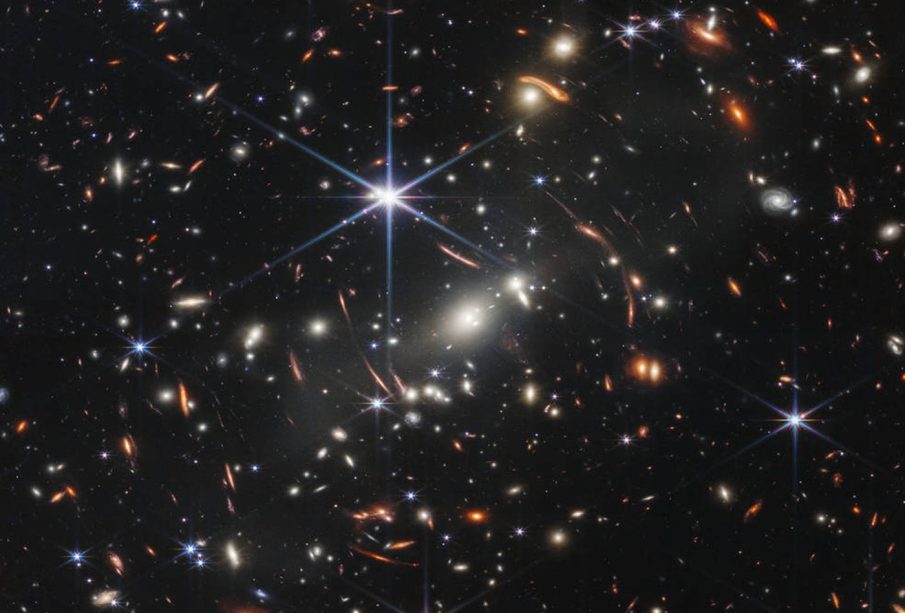Exploring the Wonders of the James Webb Space Telescope

Introduction
The James Webb Space Telescope (JWST), launched on December 25, 2021, has become a transformative tool in the field of astronomy. This remarkable piece of technology, developed as a collaboration between NASA, the European Space Agency (ESA), and the Canadian Space Agency (CSA), has opened up new frontiers in our understanding of the cosmos. Unlike its predecessor, the Hubble Space Telescope, JWST operates primarily in the infrared spectrum, allowing scientists to observe phenomena that were previously obscured by dust and gas.
Recent Discoveries and Achievements
Since its successful deployment into orbit, JWST has already made headlines with multiple groundbreaking discoveries. In July 2022, astronomers revealed the telescope’s first batch of images, showcasing details of distant galaxies, nebulae, and exoplanets in unprecedented clarity. One significant finding was the discovery of the galaxy cluster SMACS 0723, which showed thousands of galaxies, some dating back more than 13 billion years.
Additionally, JWST has been instrumental in studying the atmospheres of exoplanets. For instance, researchers have successfully detected water vapour in the atmosphere of the hot gas giant WASP-39 b. This marked a pivotal moment in the quest to find potentially habitable worlds beyond our solar system. The capabilities of JWST in spectroscopy have given scientists tools to analyse the chemical composition of distant planets’ atmospheres in detail never before achievable.
Technological Advancements
The James Webb Space Telescope employs several advanced technologies such as its massive primary mirror, which spans 6.5 meters, made up of 18 hexagonal segments. This mirror’s design allows for high-resolution imaging and spectroscopy. With its high sensitivity to infrared light, JWST can peer into regions of space and time that are invisible to traditional optical telescopes. The telescope is also equipped with instruments that can reveal the formation of stars and planetary systems, thus providing insights into the origins of life.
Conclusion
The James Webb Space Telescope is more than just a remarkable scientific instrument; it’s a beacon of hope for astronomers and enthusiasts eager to expand our knowledge of the universe. As JWST continues to send back data and images, it is likely that we will uncover secrets about the formation and evolution of galaxies, star systems, and potentially even life beyond Earth. In doing so, the telescope promises to reshape our understanding of the cosmos and our place within it, making it a significant milestone in the history of astronomy.









